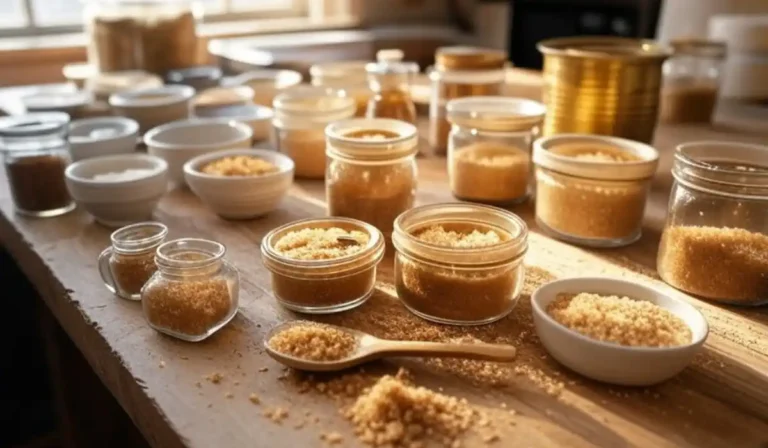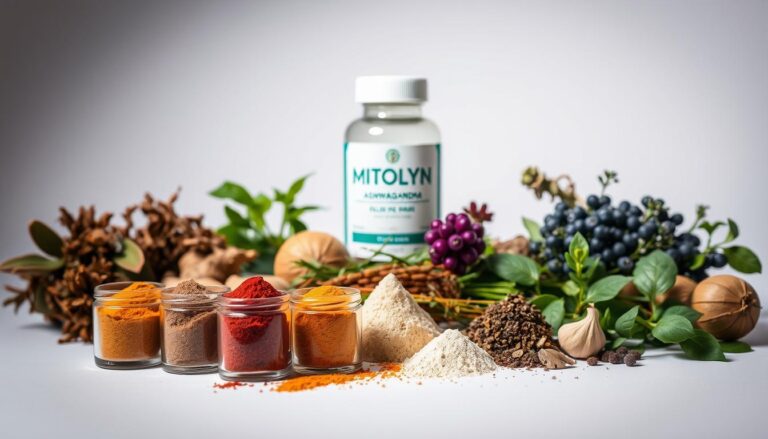Brown sugar is a pantry staple, loved for its rich, caramel-like flavor and moist texture in everything from cookies to glazes. But what happens when you’re mid-recipe and realize you’ve run out? Or maybe you’re looking to cut back on refined sugars for health reasons? Whatever your motivation, finding a brown sugar alternative can save the day—and your dish. In this guide, we’ll explore the best substitutes for brown sugar, how to use them, and why they work, ensuring you never miss a beat in the kitchen.
Table of Contents
Why Look for a Brown Sugar Alternative?
Brown sugar, made by blending white sugar with molasses, brings a unique depth to recipes. Its sticky texture and warm taste make it a go-to for baking, marinades, and even coffee. But there are plenty of reasons to seek an alternative:
- Running Out: You’re halfway through a brownie recipe, and the brown sugar jar is empty.
- Health Goals: You want a lower-calorie or less processed option.
- Dietary Needs: Keto, diabetic-friendly, or vegan diets might call for swaps.
- Flavor Twist: You’re curious to experiment with new tastes.
Fortunately, there’s a brown sugar substitute for every situation, whether you’re raiding your pantry or shopping for something new. Let’s dive into the options.
Top Brown Sugar Alternatives You’ll Love
Here’s a roundup of the best substitutes, from everyday staples to specialty sweeteners. Each comes with tips to make your recipes shine.
1. White Sugar + Molasses
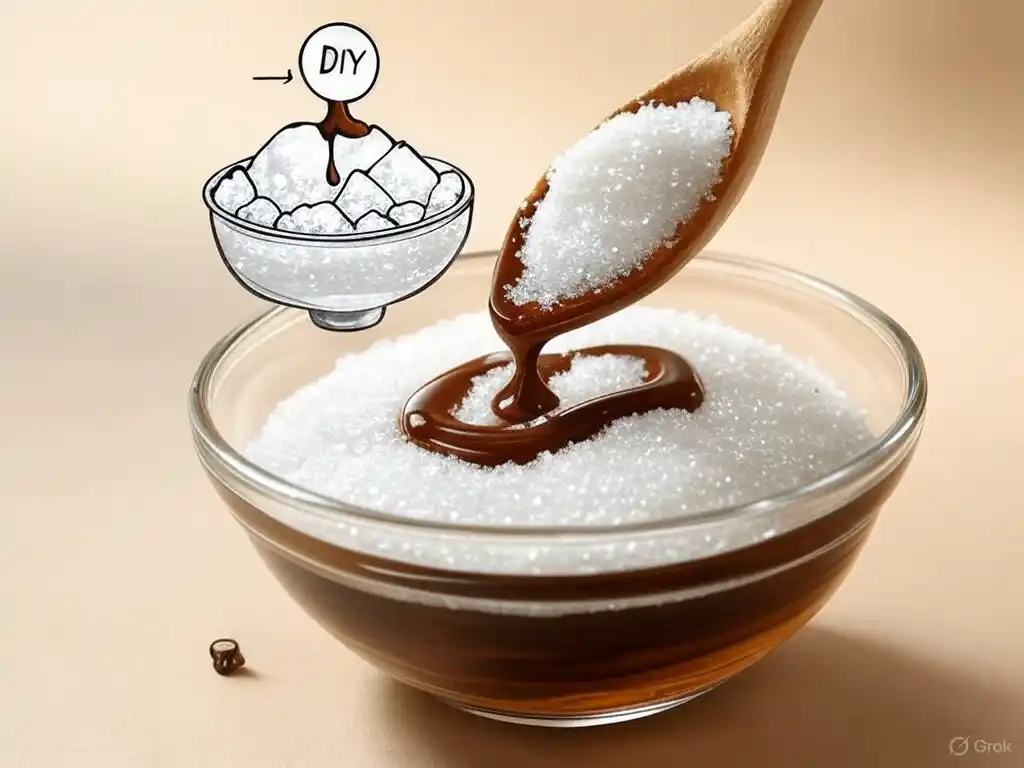

If you’re aiming to mimic brown sugar’s exact flavor and texture, this is your golden ticket. Brown sugar is essentially white sugar mixed with molasses, so combining them at home is a no-brainer.
- How to Use: For light brown sugar, mix 1 cup (200g) of granulated white sugar with 1 tablespoon (15mL) of molasses. For dark brown sugar, up it to 2 tablespoons. Stir until evenly blended.
- Why It Works: Molasses adds the signature moisture and toffee-like taste.
- Best For: Baking (cookies, cakes), sauces, and glazes.
Tip: If your molasses is thick, warm it slightly to blend more easily. This DIY brown sugar alternative is a perfect 1:1 swap.
2. Coconut Sugar
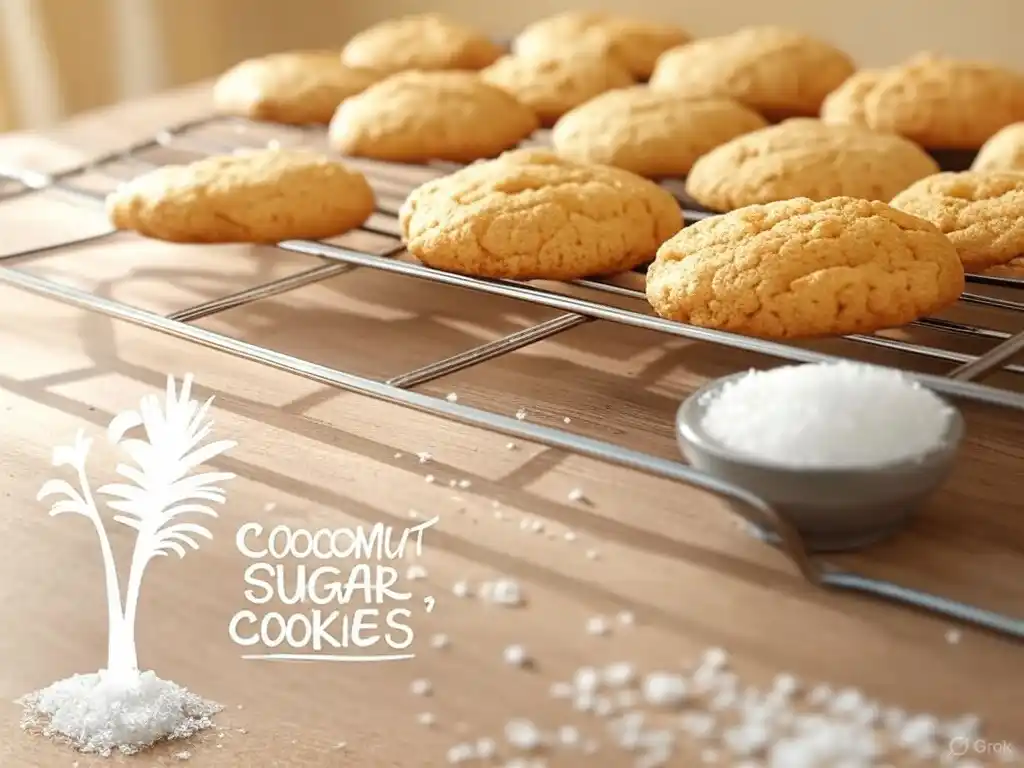
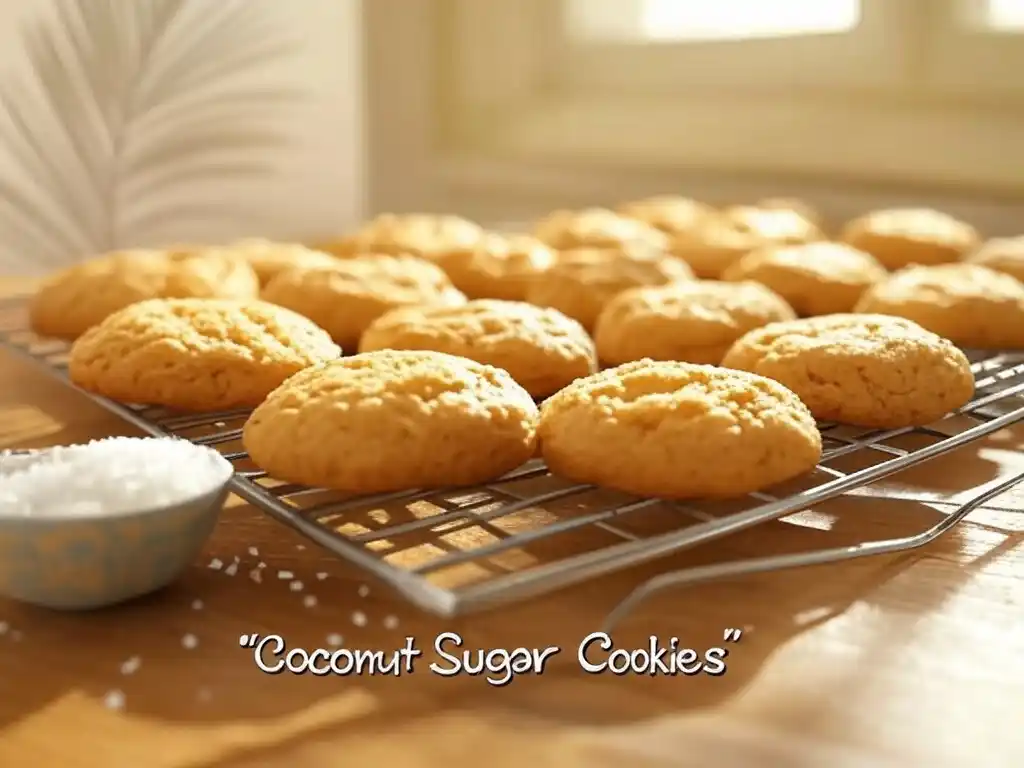
Coconut sugar, derived from the sap of coconut palms, is a natural sweetener with a subtle caramel flavor—making it a fantastic brown sugar replacement.
- How to Use: Substitute in a 1:1 ratio for brown sugar.
- Why It Works: It mirrors brown sugar’s color and taste, though it’s less moist, which might make baked goods slightly denser.
- Best For: Cookies, muffins, and granola.
Tip: Add a touch of extra butter or oil to compensate for the lower moisture content. It’s also less refined, appealing to health-conscious bakers.
3. Maple Syrup
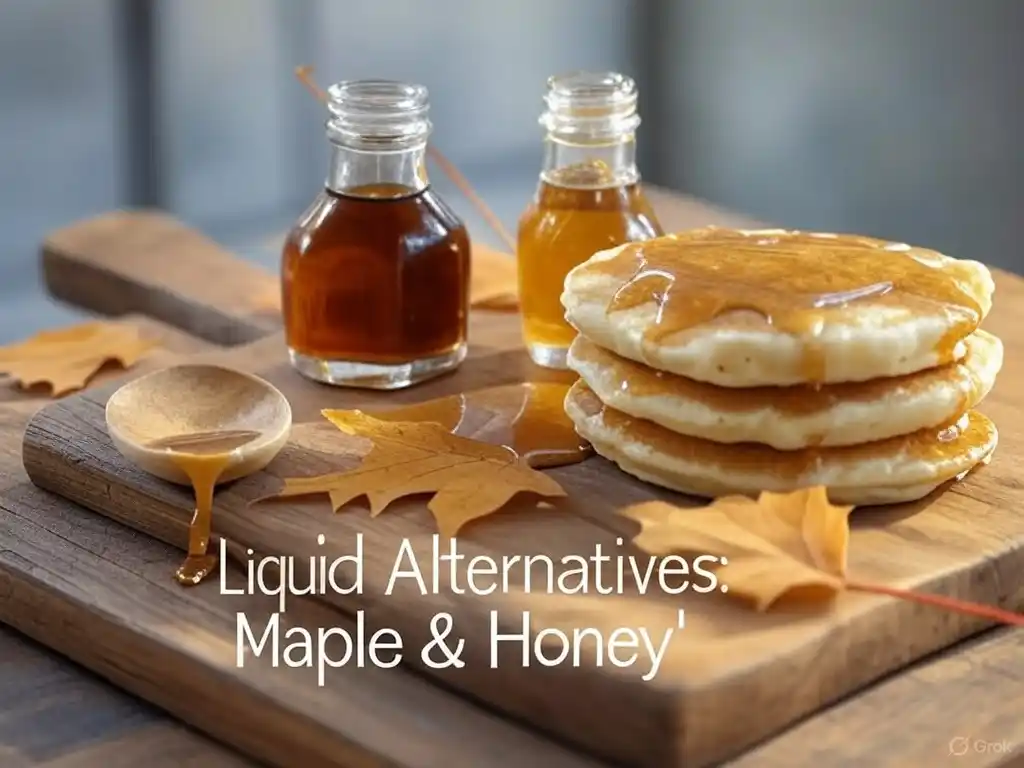
This liquid sweetener brings a woodsy, rich flavor that can stand in for brown sugar in a pinch.
- How to Use: Replace 1 cup of brown sugar with 2/3 cup (160mL) of maple syrup. Reduce other liquids in the recipe by about 1/4 cup (60mL) to balance the moisture.
- Why It Works: Its natural sweetness and slight molasses-like notes align with brown sugar’s profile.
- Best For: Pancake toppings, glazes, and moist baked goods like bread pudding.
Tip: Watch baking times—maple syrup caramelizes faster than brown sugar.
4. Honey
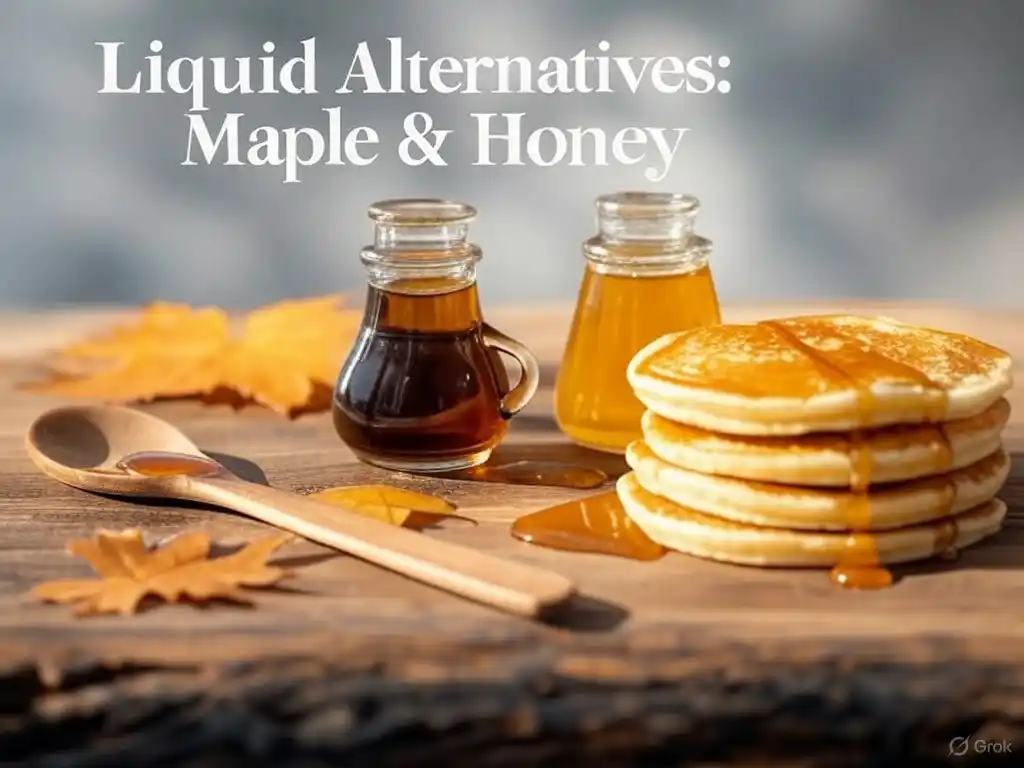
Honey’s floral sweetness and sticky texture make it a versatile brown sugar substitute, especially for those avoiding refined sugars.
- How to Use: Use 2/3 cup (160mL) of honey per 1 cup of brown sugar, cutting other liquids by 1/4 cup.
- Why It Works: It adds moisture and a warm, golden flavor.
- Best For: Bars, marinades, and chewy cookies.
Tip: Lower your oven temperature by 25°F (14°C) to prevent over-browning, as honey browns quickly.
5. Agave Nectar
Agave nectar, sourced from the agave plant, is sweeter than brown sugar and has a mild, neutral taste.
- How to Use: Swap 2/3 cup (160mL) of agave for 1 cup of brown sugar, reducing other liquids accordingly.
- Why It Works: Its liquid form mimics brown sugar’s moisture, though it lacks the molasses flavor.
- Best For: Smoothies, sauces, and light cakes.
Tip: It’s high in fructose, so use it sparingly if you’re watching your sugar intake.
6. Muscovado Sugar
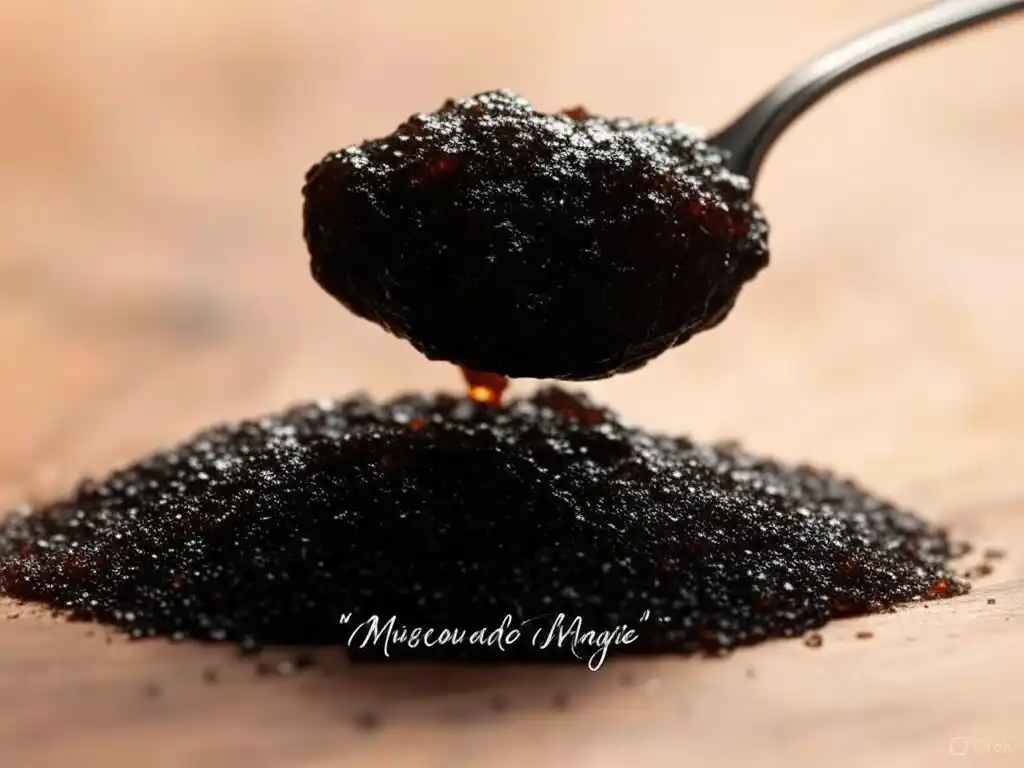
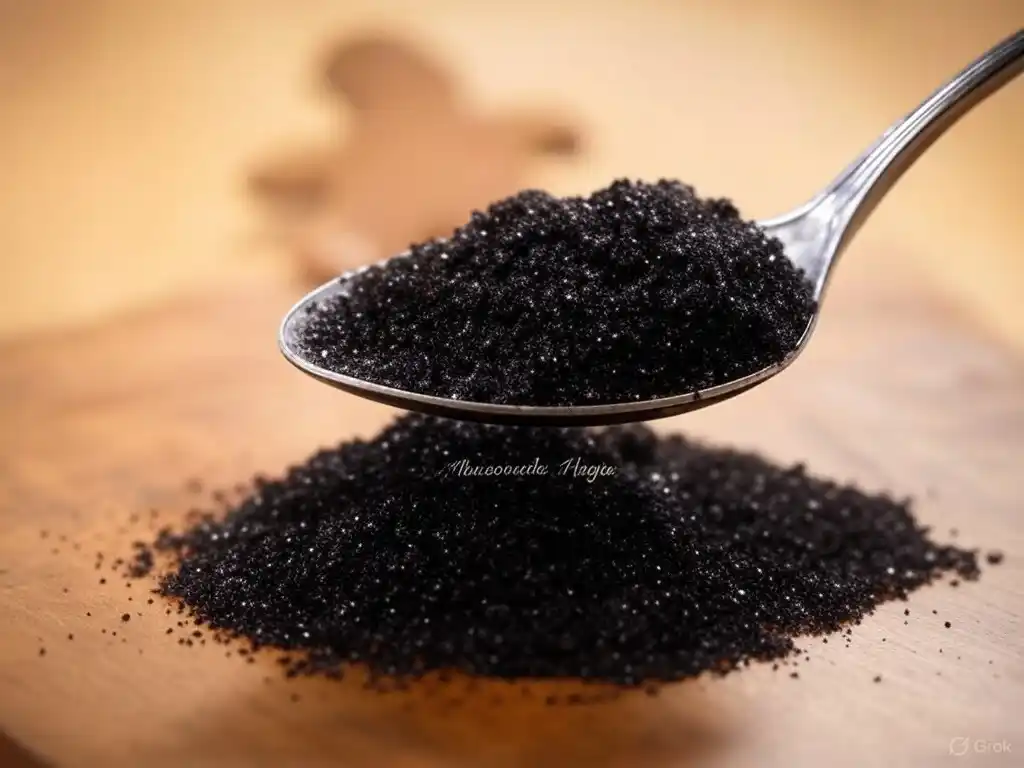
Muscovado is an unrefined cane sugar with a strong molasses flavor—darker and stickier than typical brown sugar.
- How to Use: Substitute 1:1 for brown sugar.
- Why It Works: It’s richer and more intense, adding depth to recipes.
- Best For: Gingerbread, BBQ rubs, and rich desserts.
Tip: Its robust flavor might overpower delicate recipes, so adjust to taste.
7. Turbinado or Demerara Sugar
These raw sugars have large, golden crystals and a mild molasses taste, making them decent brown sugar replacements.
- How to Use: Use in a 1:1 ratio, though they don’t dissolve as smoothly in batters.
- Why It Works: They retain some natural molasses, offering a crunchier texture.
- Best For: Toppings (muffins, coffee cake) or stirred into drinks.
Tip: Grind them finer in a blender for better incorporation in doughs.
8. Date Sugar
Made from ground, dried dates, date sugar is a whole-food sweetener packed with fiber and nutrients.
- How to Use: Swap 1:1, though it doesn’t melt like brown sugar.
- Why It Works: Its earthy sweetness complements spiced recipes.
- Best For: Energy bars, oatmeal, and fruit breads.
Tip: Pair with extra liquid, as it can dry out baked goods.
9. White Sugar Alone
When all else fails, plain granulated sugar can step in.
- How to Use: Use 1 cup for 1 cup of brown sugar.
- Why It Works: It provides sweetness, though without the moisture or flavor of molasses.
- Best For: Crispy cookies or recipes where texture isn’t critical.
Tip: Expect a lighter color and crisper result—add a teaspoon of molasses if you have it.
10. Keto-Friendly Brown Sugar Substitutes
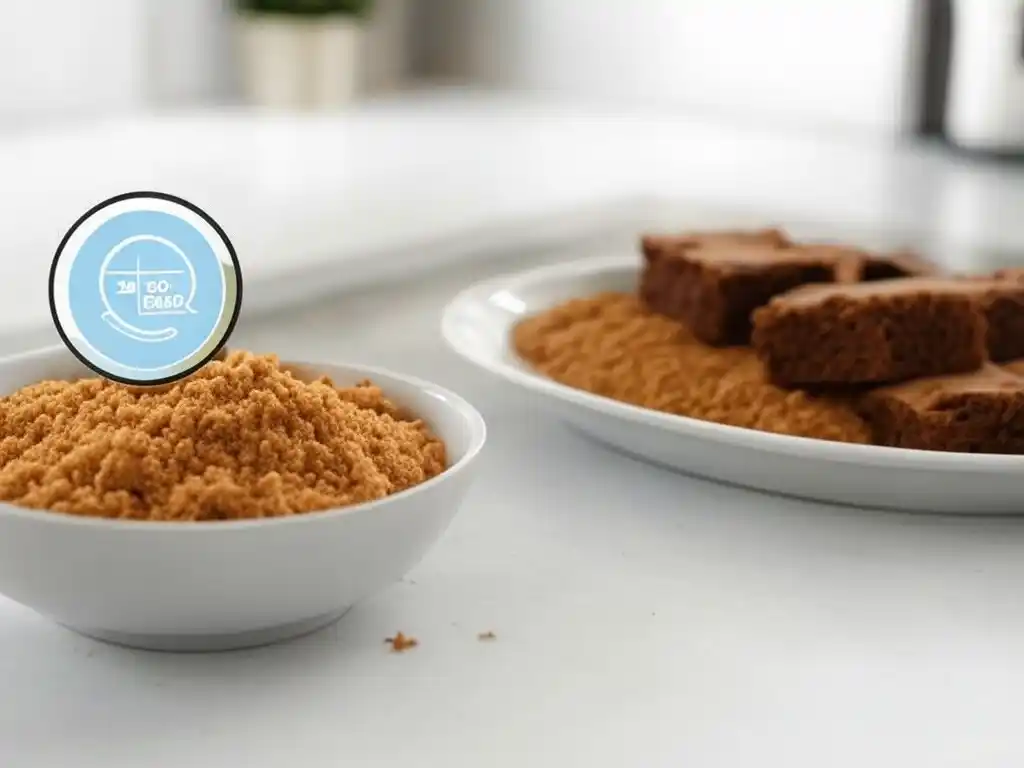

For low-carb or diabetic diets, options like erythritol-based brown sugar blends (e.g., Swerve Brown) shine.
- How to Use: Substitute 1:1.
- Why It Works: They mimic brown sugar’s taste and texture with zero net carbs.
- Best For: Keto cookies, cakes, and sauces.
Tip: Check for a cooling aftertaste, common with erythritol, and adjust spices to mask it.
How to Choose the Right Brown Sugar Substitute
Picking the perfect alternative depends on your recipe and goals:
- Baking: Stick to granulated options (coconut sugar, muscovado) or DIY white sugar + molasses for structure and lift.
- Sauces/Glazes: Liquid sweeteners (maple syrup, honey) blend seamlessly.
- Health Focus: Opt for less refined choices like coconut sugar or date sugar.
- Flavor: Match the substitute’s profile—muscovado for bold, agave for mild.
Experimentation is key. Start with small batches to nail the texture and taste.
Benefits of Using Brown Sugar Alternatives
Switching up your sweetener isn’t just about necessity—it can bring perks:
- Healthier Options: Coconut sugar and honey offer trace nutrients; keto blends cut carbs.
- Flavor Variety: Maple syrup or muscovado can elevate a dish’s complexity.
- Convenience: Pantry staples like white sugar save a grocery trip.
- Sustainability: Natural options like coconut sugar often have a lower environmental footprint.
Tips for Using Brown Sugar Substitutes in Baking
Baking is a science, and brown sugar plays a role in moisture, acidity, and browning. Here’s how to adapt:
- Adjust Liquids: Liquid sweeteners add extra moisture—reduce water or milk as needed.
- Monitor Browning: Honey and maple syrup caramelize faster—lower heat or shorten bake time.
- Texture Tweaks: Dry substitutes (e.g., turbinado) may need more fat for chewiness.
- Acidity Balance: Brown sugar reacts with baking soda—test pH-sensitive recipes with substitutes.
A little trial and error ensures your treats turn out delicious.
Common Mistakes to Avoid
- Over-Sweetening: Agave and honey are sweeter than brown sugar—measure carefully.
- Ignoring Moisture: Skipping liquid adjustments can lead to soggy or dry results.
- Assuming Health Benefits: Not all swaps (e.g., white sugar) are healthier—check nutrition facts.
Brown Sugar Alternatives in Action: Recipe Ideas
- Chewy Oatmeal Cookies: Swap brown sugar with coconut sugar for a nutty twist.
- BBQ Glaze: Use maple syrup for a smoky-sweet finish.
- Keto Brownies: Try erythritol-based brown sugar for guilt-free indulgence.
Storing Your Brown Sugar Substitutes
- Granulated (Coconut, Muscovado): Keep in airtight containers in a cool, dry place.
- Liquids (Honey, Maple Syrup): Store in the pantry or fridge—check labels.
- DIY Mix: Use within a month; store sealed to prevent hardening.
Final Thoughts
A brown sugar alternative isn’t just a backup—it’s a chance to get creative in the kitchen. Whether you’re whipping up a quick substitute with white sugar and molasses or exploring natural sweeteners like coconut sugar, there’s a swap for every need. Next time you’re low on brown sugar or craving a healthier twist, reach for one of these options. Your recipes—and taste buds—will thank you!
Read More
Reduce Sugar Cravings | How to Curb Sugar Cravings: 7 Effective Strategies You Haven’t Tried
Understanding White Marks on Lips: Causes, Treatments, and Prevention
Plant-Based Diet Benefits: Transform Your Health in 30 Days
Glowing Skin Secrets 2025: Discover the Benefits of Drinking Green Tea for Skin


